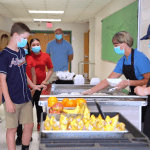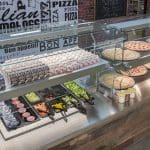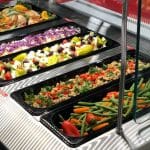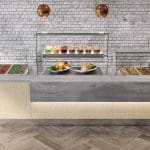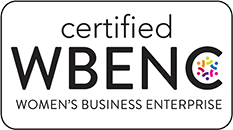Compostable packaging. LED bulbs. Recycling. Reducing food waste. There are many visible — and often…
7 ways to make serving lines more allergen-safe
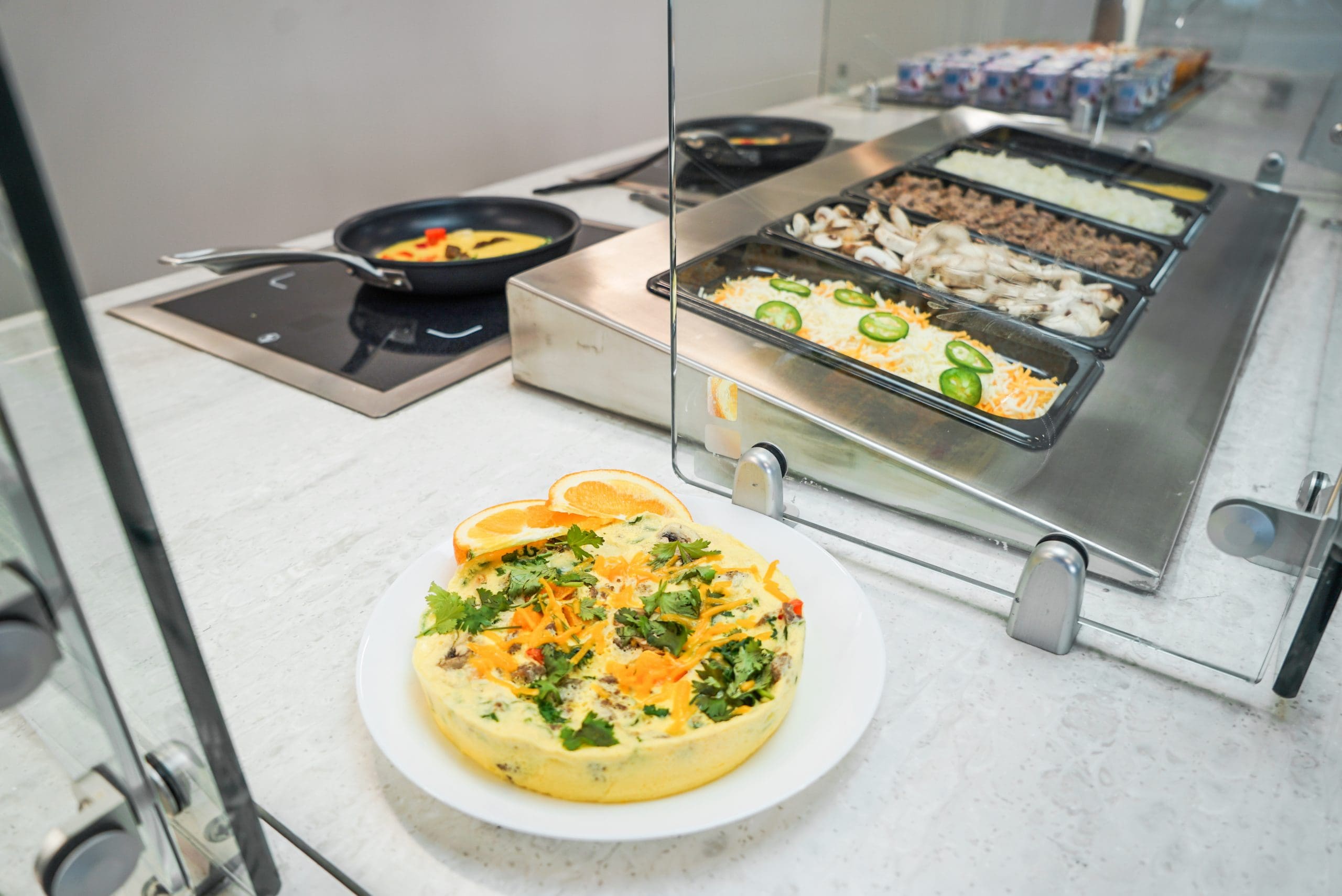
Food allergies have been on the rise in the U.S. for years, posing intense challenges for people to protect themselves from the very food they eat.
As foodservice operations have worked to meet the needs of diners with allergies, a slate of guidelines and best practices have developed around allergy-safe serving. Most of those processes are focused on food preparation and cooking and how to prevent cross-contact in and around the kitchen.
But to truly provide a safe dining experience, the focus on allergy protection must continue all the way through to the serving line.
Allergens and food safety
Thirty-two million Americans have food allergies. Each year, 200,000 people in the U.S. require emergency medical care for allergic reactions to food.
When addressing food allergy risk, most experts focus on the “Big 8” — milk, eggs, fish, shellfish, tree nuts, peanuts, wheat and soy. These foods, identified as major food allergens by the FDA, account for about 90% of food allergies in the U.S.
Challenges in providing allergy-safe dining
As allergies became more widespread, an increasing number of foodservice operations sought to meet the needs of diners with allergies. Early steps included food labeling and other educational efforts and simple separation of foods.
As the level of sophistication increased, operators instituted more detailed processes to provide safer and better options for diners with allergies.
Those processes predominantly focused on back-of-house prep work and included steps like:
- Creating separate allergy-free prep areas, tools and equipment
- Color-coding allergy-designated tools and materials, typically in purple, to prevent accidental misuse
- Designating one person to handle all allergy-free dishes to avoid cross-contact with other foods
- Following strict cleaning and sanitizing processes before preparing allergen-free foods
- Changing gloves prior to making or handling allergen-free foods
- Training staff to handle food allergies safely
When it comes time to deliver the food from the kitchen to the diners, things get a little muddier depending on the operation type. Experts recommend an allergen-free dish be brought out first and separately so it doesn’t come into accidental contact with other foods when being carried by the server. But that guidance applies only to a certain style of dining.
Any operation with a serving line has to consider several more potential complications, including:
- Mislabeled foods
- Shared tongs or utensils between food items
- Accidental contamination in a self-serve line. For instance, someone scooping broccoli could accidentally touch the spoon to the macaroni and cheese already on their plate. When the utensil is placed back in the vegetable dish, the entire pan of broccoli has been contaminated with dairy.
Tips for running an allergy-safe serving line
Operating an allergy-safe serving line — in settings like schools, colleges and universities, hospital cafeterias, corporate dining facilities, and more — requires diligence and a commitment to supporting the health of all diners.
Below are seven ways to make serving lines safer:
- Label
“Labeling is customer friendly but high responsibility,” said Katherine Ingerson, registered dietitian at the University of Georgia (UGA). “Labeling is critical if it’s done right. If it’s done wrong, it’s a nightmare and no one will ever trust you again.”
Labels readily identify foods that contain allergens, but operations must account for the potential for human error when entering information onto food labels.
A reliable labeling system also requires regular updating of food ingredient records since suppliers change ingredients over time, sometimes significantly so, Ingerson said.
- Put allergy-free foods first
Serving line design is extremely important: Arrange serving lines with single ingredient offerings first in line, followed by foods with higher risk of allergies.
For example, in a salad bar, the simple cut vegetables with low allergy risk go first, followed by allergy-sensitive foods like cheese, eggs and croutons. With this orientation, there’s less risk of someone accidentally dropping cheese into the lettuce.
The same approach can be used on a hot line. Place steamed veggies at the start of the line, followed by single-ingredient dishes like rice and sweet potatoes before moving into potentially allergy-sensitive dishes.
Incorporate a gap between the sections of the line to further reduce the likelihood of relocating food from one section to another.
- Remove self-serve
Install a glass divider to prevent customers from serving themselves. By limiting food access to workers trained to avoid cross-contact, you reduce the risk of exposure. Self-serving guests can accidentally introduce allergens through other foods on their plates or even on their hands.
- Use fresh plates
When operating a full-service line, do not accept a customer’s plate, add food and hand it back. This process poses the risk that a food item on the plate or even a smudge of peanut butter on the customer’s hand could introduce allergens to the food being served.
Always use a fresh, clean dish for every serving.
- Limit the line
By creating a full-service line, operations have complete control over what ingredients are in that area. A well-controlled omelet station, for instance, might have no ingredients at all that contain gluten, so the entire area is safe from gluten contact.
At UGA, a popular stir fry station, which is not allergy-safe, was complemented by a separate skillet line. There, cooks can prepare allergy-free stir fry options by using individual pans rather than a large wok. This arrangement allows students with allergies to dine comfortably alongside their friends.
- Get creative with the menu
Sometimes introducing more allergy-safe dining options is just a matter of creativity.
For instance, a traditional taco line starts with the tortilla. But with that, the rest of the line runs the risk of coming into contact with gluten. Instead, remove the tortilla and rebrand it a burrito bowl line. Voila, the line is both gluten free and a hit among diners.
- Create a separate space
The surefire way to prevent dangerous allergen exposure is to create a separate space to serve allergy-free foods. Truly allergy-free areas require separate receiving, storage, prep, cooking, holding and serving.
Colleges are traditionally leaders in this approach. They serve a large, concentrated population and one that may be at the highest risk for dangerous allergic reactions. While severe or fatal reactions can happen at any age, teenagers and young adults with food allergies are at the highest risk of fatal food-induced anaphylaxis.
Several universities have created entirely allergy-free dining halls, including the University of Texas and Michigan State University.
Separation can also be accomplished on a smaller scale, like the “Nut Zone” at UGA. Separated from other food serving areas by a wall and equipped with its own storage area, this section provides access without introducing risk.
For other tips or help in designing or implementing an allergy-safe serving line, contact the serving experts at LTI.
